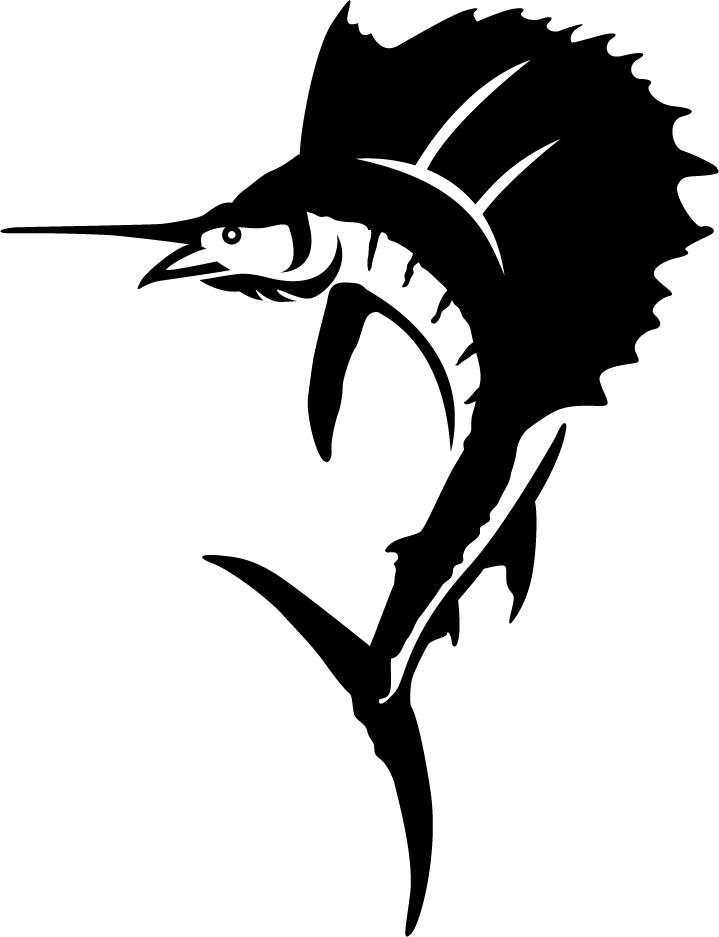
“When the fish are biting like crazy, it doesn’t matter, but when fishing is tough, it does. “The idea is to have baits as lively and unencumbered as possible, so when a sailfish comes up, the bait reacts and triggers a strike,” Doll says. To make his baits act as natural as possible, Doll uses 3/0 and 4/0 circle hooks instead of the more typical 5/0 to 7/0 sizes. If a sailfish approaches a lethargic bait, the sail instinctively knows something’s wrong and won’t bite. If they look tired, replace them fresh baits react naturally to sailfish. To ensure live kite baits remain frisky, check them periodically by reeling them into the air. As the fish swam away, taking the ribbon underwater, a second kingfish bit the ribbon, cutting the line. He once hooked a big kingfish on a kite line marked with a chartreuse ribbon. Most anglers attach a foam float or tie a ribbon on the main line above the swivel connected to the leader so they can more easily track the baits, but Capt. “If a bait is 6 feet down, a fish can get tangled in the leader,” he adds. Some anglers say they get more bites with their baits 4 to 6 feet under the surface, but that’s asking for trouble, Dudas says. He wants his kite baits splashing on the surface or just below the surface because that attracts fish. The herring might go on the middle or short lines, and the smaller sardines go on the short lines.ĭudas, who prefers herring, bridles all his baits with a rubber band to a 5/0 or 6/0 circle hook. The goggle-eyes, which are bigger, go on the farthest lines because they stay in the water better. If there’s enough wind to fly a fishing kite, he’ll put out two kites with three lines on each. He uses baits such as goggle-eyes, threadfin herring and sardines. Skip Dana of Deerfield Beach also likes to fish along color changes. Under those conditions, Lamb slow-trolls live baits and often fishes around wrecks, which, like edges, attract bait.Ĭapt. You’re never out of it in a sailfish tournament,” he says.Įdges can be tougher to find on cold-front days when the wind howls out of the northwest. In a sailfish tournament, two or three or four fish can change everything in minutes. “Sometimes you’ve got to be patient and fish rather than run around. If sailfish don’t bite at first, stay put and keep fishing, because they’ll eventually show up to eat, he says. Let the global Jolla infrastructure support your business, take the reference infrastructure into use regionally or integrate to your existing infrastructure. Put the boat out in the blue water and put the baits out on that edge.” Sailfish OS comes armed with a state-of-the-art open source toolchain, release machinery, continuous integration (CI) and build systems, as well as issue tracking and localization tools. “I’m going to set up on that edge where the bait is.

“I’m going to look for a temperature change and bait, like flying fish,” he says. Lamb runs out to water depths of 100 to 120 feet to start looking.

Mark Lamb of West Palm Beach likes to fish along an edge where the water color turns from green to deep blue. As they head offshore, captains consider everything from water color and clarity to the presence of baitfish and birds to determine where to start fishing.


 0 kommentar(er)
0 kommentar(er)
